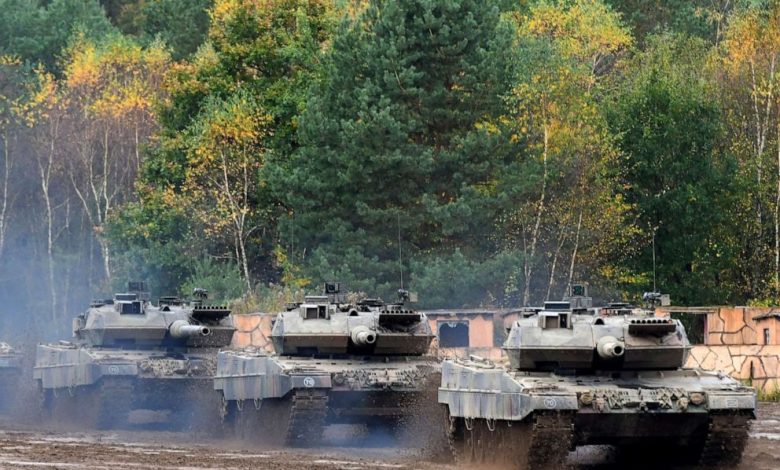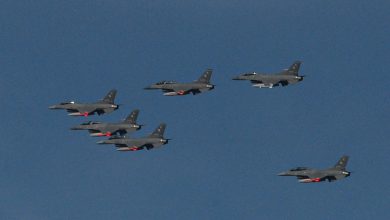Germany Orders More 120mm Tank Ammo From Rheinmetall

Germany has moved to further bolster its ground forces by awarding Rheinmetall another large order for 120mm tank ammunition under a long-running framework agreement.
The latest request adds several hundred million euros’ worth of combat and training rounds to the Bundeswehr’s inventory. The Bundeswehr — Germany’s unified armed forces — has been expanding its ammunition reserves as Berlin sharpens its defense posture in response to a more volatile European security environment.
Momentum for this replenishment effort traces back to July 2023, when the armed forces extended Rheinmetall’s framework contract and lifted its ceiling to roughly four billion euros ($4.6 billion).
The agreement, which will run until 2030, enables the procurement of several hundred thousand cartridges in the 120mm x 570 caliber used by the Leopard 2’s smoothbore main gun.
German Armed Forces-Rheinmetall Relationship
Germany’s renewed emphasis on readiness and modernization has translated into a steady flow of Rheinmetall contracts across several domains in recent years.
One high-profile acquisition was an order for Lynx KF41 infantry fighting vehicles, secured as part of Berlin’s broader push to recapitalize its mechanized forces.
Rheinmetall also won a major contract to deliver Skyranger 30 short-range air defense turrets, a system designed to counter drones and low-flying threats — an area viewed as increasingly urgent given lessons from recent conflicts.
Berlin further selected Rheinmetall to supply new 155mm artillery ammunition, including extended-range projectiles to rebuild stocks depleted by support for Ukraine.
Additional deals included funding for truck-mounted HX tactical logistics vehicles, upgrades to Puma infantry fighting vehicles, and procurement of digital soldier systems under a modernization effort.





